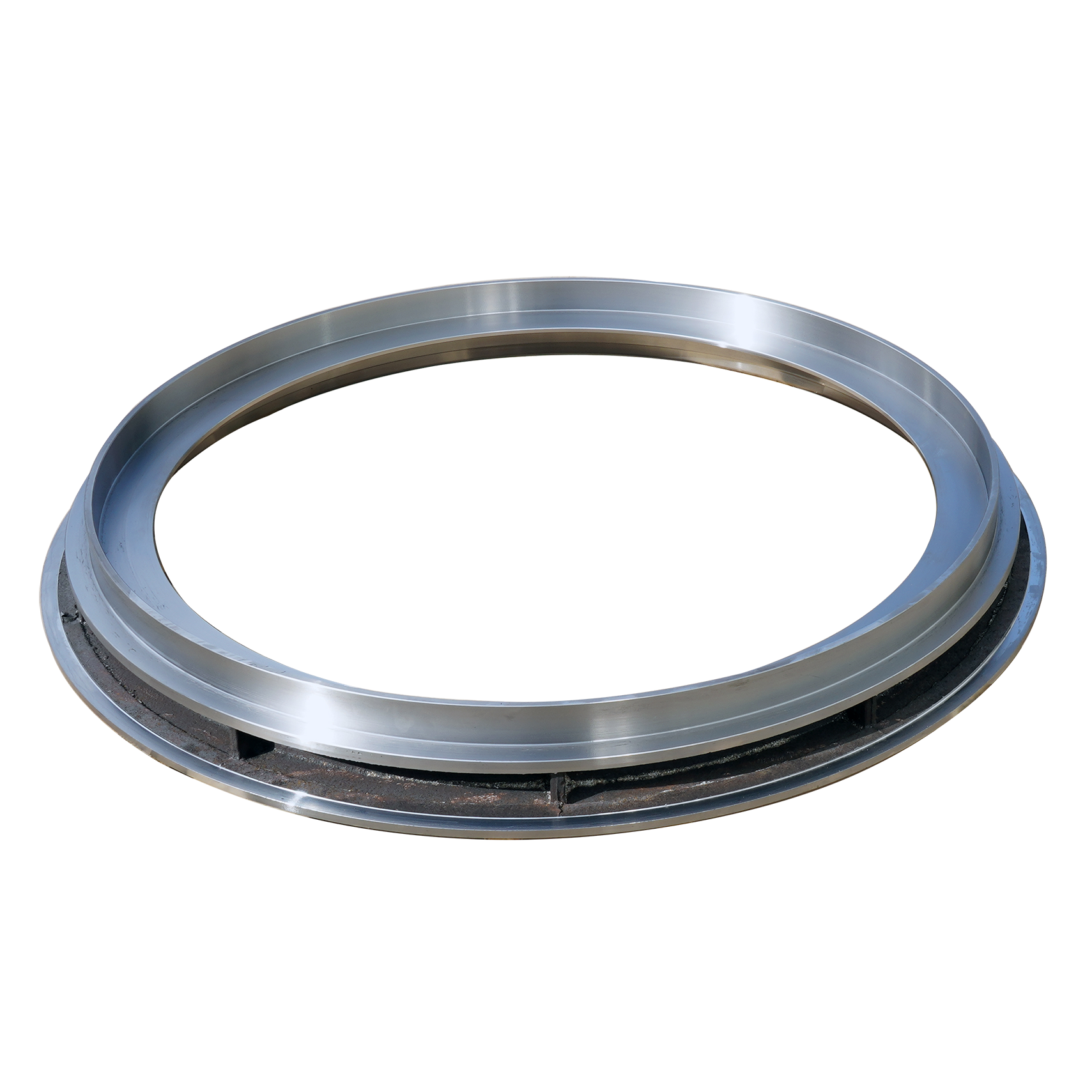Lis . 05, 2024 03:11 Back to list
casting ductile iron
The Advantages and Applications of Casting Ductile Iron
Ductile iron, also known as ductile cast iron or spheroidal graphite iron, is a remarkable material that has gained significant popularity in various industrial applications due to its unique mechanical properties and versatility. It is primarily produced through the casting process, which involves pouring molten iron into a mold to achieve the desired shape.
Composition and Properties
The key to the exceptional properties of ductile iron lies in its unique microstructure. By adding a small amount of alloying elements, particularly magnesium, during the casting process, the graphite in the iron solidifies into a spheroidal shape rather than the usual flake-like form found in traditional cast iron. This change in structure significantly improves the material's ductility and tensile strength, making it more resilient and capable of withstanding higher levels of stress.
Ductile iron exhibits several advantageous properties, including excellent castability, good machinability, and superior wear resistance. Moreover, it has outstanding impact resistance, which makes it ideal for applications where sudden forces are encountered. Its fatigue strength is also noteworthy, allowing it to endure cyclic loading without failure. Additionally, ductile iron has better corrosion resistance compared to other cast iron types, making it suitable for use in harsh environments.
Casting Process
The casting of ductile iron involves several critical steps. First, the raw materials, which include iron, carbon, and various alloys, are melted in a furnace. Once the molten iron reaches the desired temperature, magnesium is added to promote the transformation of graphite structures. This addition must be carefully controlled; too much or too little magnesium can adversely affect the properties of the final product. After ensuring that the iron is adequately treated, it is poured into pre-prepared molds, where it cools and solidifies.
casting ductile iron

The casting process can be tailored to produce a wide variety of shapes and sizes, from large industrial components to smaller intricate parts. Various casting methods, such as sand casting and investment casting, can be employed depending on the specific requirements of the project.
Applications
The versatility of ductile iron makes it suitable for numerous applications across different industries. In the automotive sector, it is commonly used for manufacturing components like crankshafts, gears, and suspension parts due to its strength and fatigue resistance. In the construction industry, ductile iron pipes are preferred for water and sewage systems, as they can withstand internal pressures and resist corrosion over time.
Other significant applications include hydraulic components, agricultural machinery, and various machinery parts. The rail and transit sectors also benefit from ductile iron's ability to absorb impact and wear, enhancing the longevity and safety of critical infrastructure.
Conclusion
In conclusion, casting ductile iron represents a fusion of traditional metallurgical techniques with modern engineering principles, resulting in a material that is both robust and adaptable. Its ability to combine high strength with excellent ductility opens doors to innovative designs and applications across various industries. As manufacturers continue to explore the capabilities of ductile iron, it is likely to play an increasingly important role in the future of engineering and manufacturing. Its favorable properties not only improve the performance of components but also contribute to more sustainable and efficient production processes. As industries demand stronger, lighter, and more resistant materials, ductile iron will undoubtedly remain a material of choice for many applications.
-
Durable Centrifugally Cast Iron Water Main Pipe
NewsAug.11,2025
-
Centrifugally Cast Iron Water Main Pipes for Reliability
NewsAug.10,2025
-
High-Quality Centrifugally Cast Iron Water Main Pipes
NewsAug.09,2025
-
Durable Cast Iron Water Main Pipe & Drainage Solutions
NewsAug.08,2025
-
Buy Cast Iron Pipe: Premium Ductile Iron & Drain Solutions
NewsAug.07,2025
-
Durable Cast Iron Water Main Pipe | Buy Ductile Pipe
NewsAug.06,2025


